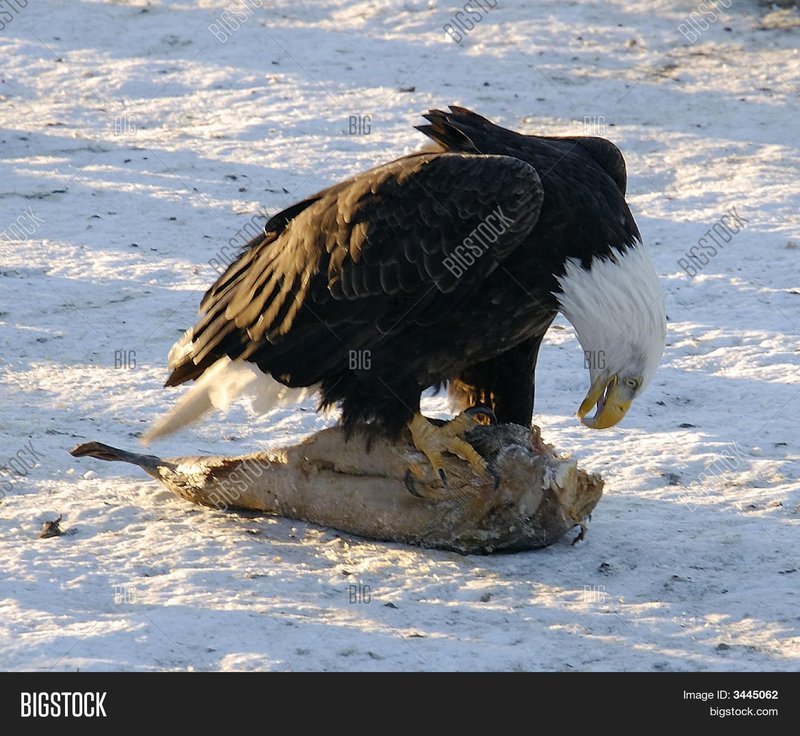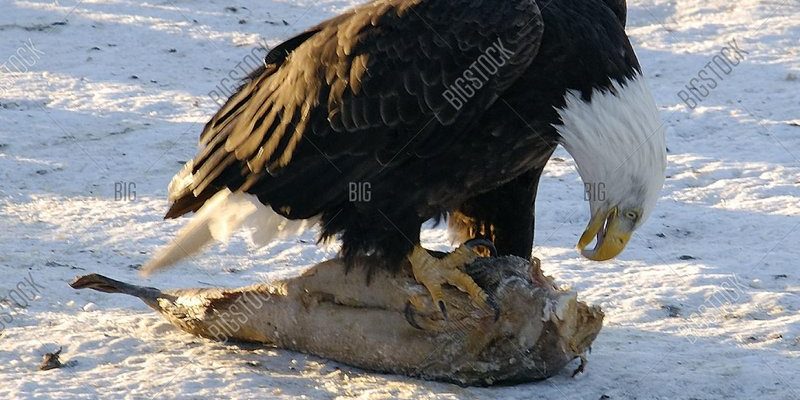
Think of eagles as nature’s top athletes. They have specialized diets and hunting techniques that make them incredibly effective hunters. While different species of eagles have different preferences, they all share a similar set of skills when it comes to hunting and foraging. In this article, we’ll explore what eagles eat, how they hunt, and what makes them such successful predators in the animal kingdom.
Dietary Preferences of Eagles
Eagles are opportunistic feeders, meaning they’ll eat what’s available and practical depending on their environment. Generally, their *diet consists of*:
- Fish: Many species, especially the Bald Eagle, thrive on a diet high in fish.
- Small mammals: Rabbits, squirrels, and even small deer can be on the menu.
- Birds: Other smaller birds sometimes fall prey to these hunters.
- Reptiles: Some eagles will even hunt snakes or lizards.
You might be wondering about the Bald Eagle. They often hunt near rivers and lakes, where they can spot fish swimming just below the surface. Their incredible eyesight allows them to spot a fish from high up in the sky. Imagine being a fish unaware of its looming fate!
How Eagles Hunt: The Art of the Dive
Eagles are known for their stunning hunting techniques, and one of the most dramatic is the dive. When an eagle spots a target, it will often soar high above it, surveying the landscape. Once ready, it dives steeply, reaching speeds of up to 100 miles per hour!
During this dive, an eagle uses its sharp talons to grasp its prey with incredible force. It’s not just brute strength; there’s finesse involved, too. By using their wings to steer mid-dive, they can adjust to the movement of their prey. For instance, if a fish is wriggling, the eagle can adapt its approach to ensure a successful catch.
You might think, “How does the eagle know when to dive?” Well, their keen eyesight and quick instincts play a vital role in their hunting success. They can see ultraviolet light, allowing them to spot the slight movements of hidden animals or fish, making them formidable hunters.
Adaptations for Foraging
Eagles have several unique adaptations that aid in foraging for food. Their strong beaks are curved and sharp, optimized for tearing flesh. This design allows them to eat a variety of prey, from fish to small mammals.
Let’s not forget their talons! These powerful limbs are equipped with sharp claws designed to grip and hold onto slippery fish or escapees in the grass. Just imagine how challenging it can be for other animals to shake off an eagle’s hold once it’s locked on.
Additionally, their wingspan is impressive, often reaching up to 8 feet. This size helps them glide efficiently through the air, covering vast distances in search of food. They can soar for hours on thermals, saving energy while keeping an eye out for their next meal. Honestly, it’s pretty amazing how nature equips these birds for survival.
Hunting Techniques: Solo vs. Cooperative Hunting
While eagles often hunt solo, some species, like the African Fish Eagle, can employ cooperative hunting techniques. This might seem surprising, but it works. When two eagles team up, they can effectively corner their prey and make hunting much easier and more successful.
Let me explain how it works. One eagle might distract a fish while the other swoops in from below to catch it. It’s a clever strategy, ensuring that at least one of them comes away with a meal.
This cooperative behavior highlights the social dynamics of eagles, even though they are generally solitary birds. You might find this surprising, especially since we often think of eagles as lone hunters flying high above the fray.
Seasonal Changes in Eagles’ Diet
You may notice that what eagles eat can change with the seasons. In winter, for example, food can be scarce. Eagles adapt by shifting their diet to whatever is available. During colder months, they may hunt for rabbits, scavenging for carcasses left by other predators to ensure they aren’t going hungry.
In spring and summer, their diet might include more fish and nesting birds. This seasonal adaptability is a significant reason why eagles have thrived in various environments, from northern tundras to southern wetlands. They’re not just passive eaters; they actively adjust their hunting strategies based on what’s available in their habitat.
The Importance of Eagles in the Ecosystem
Eagles play a crucial role in maintaining the balance within their ecosystems. As apex predators, they help control populations of their prey. When eagles hunt, they often target the sick or weak, helping to keep animal populations healthy.
Imagine a landscape without eagles; the populations of fish or rodents might explode, leading to overgrazing or depletion of aquatic environments. Eagles, therefore, act like nature’s balance keepers, ensuring that ecosystems remain functional and diverse.
Overall, eagles symbolize strength and resilience, embodying the intricate relationships found in nature. By understanding their diets and hunting methods, we can appreciate their place within our world just a bit more.
Final Thoughts
So, there you have it! Eagles are fascinating birds with unique hunting techniques, specific dietary needs, and important ecological roles. Whether it’s spotting a fish from high above or diving at lightning speeds to catch it, these birds are perfectly adapted to be successful hunters.
Next time you gaze at an eagle soaring overhead, remember the incredible skill and strategy that goes into their hunting and foraging. These majestic creatures indeed deserve our admiration and respect for their role in nature. Whether they’re diving into a lake for fish or soaring high in search of prey, eagles remind us of the beauty and complexity of the natural world.

